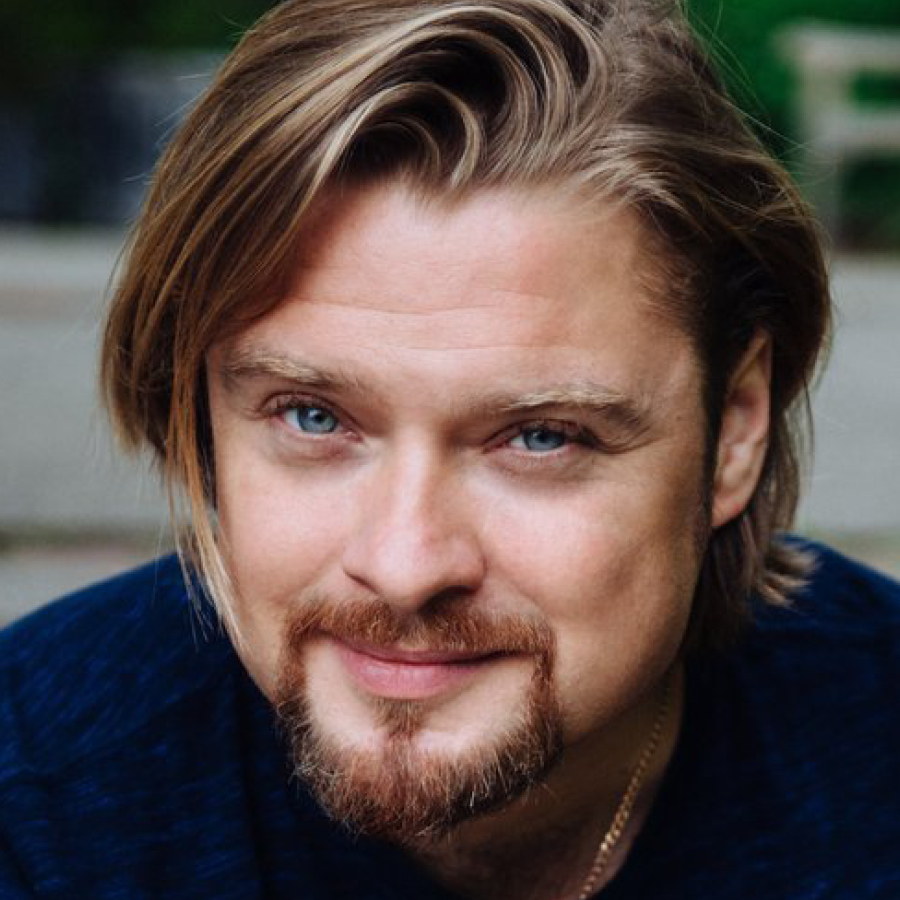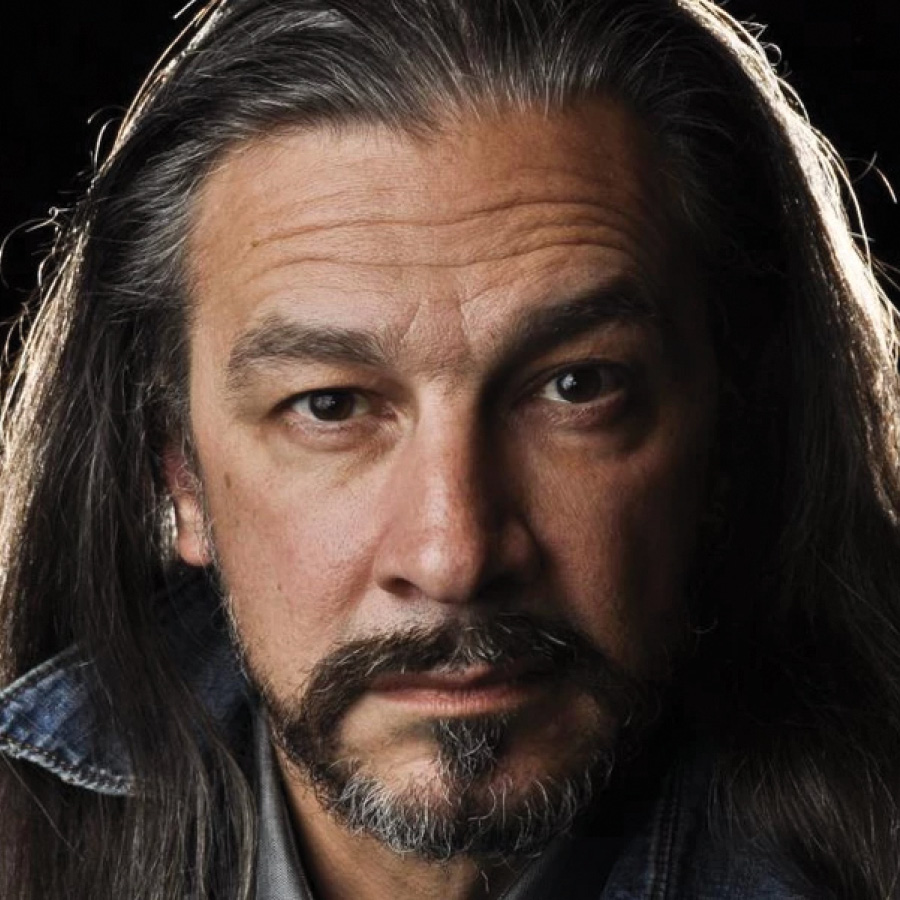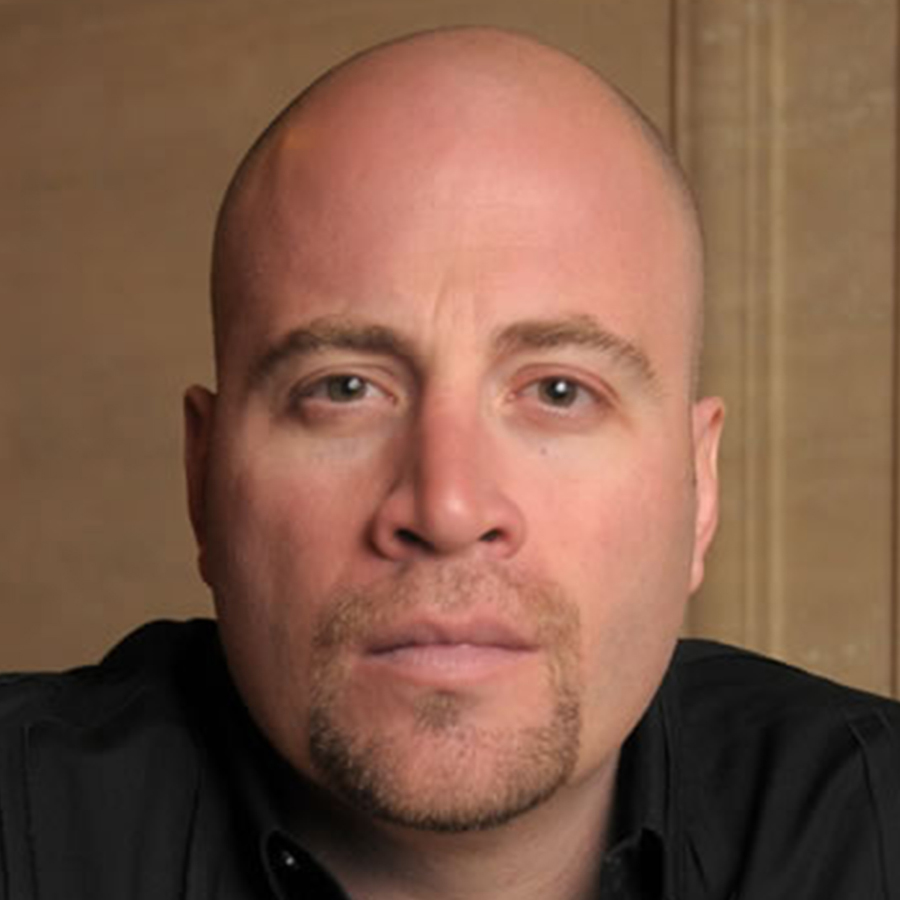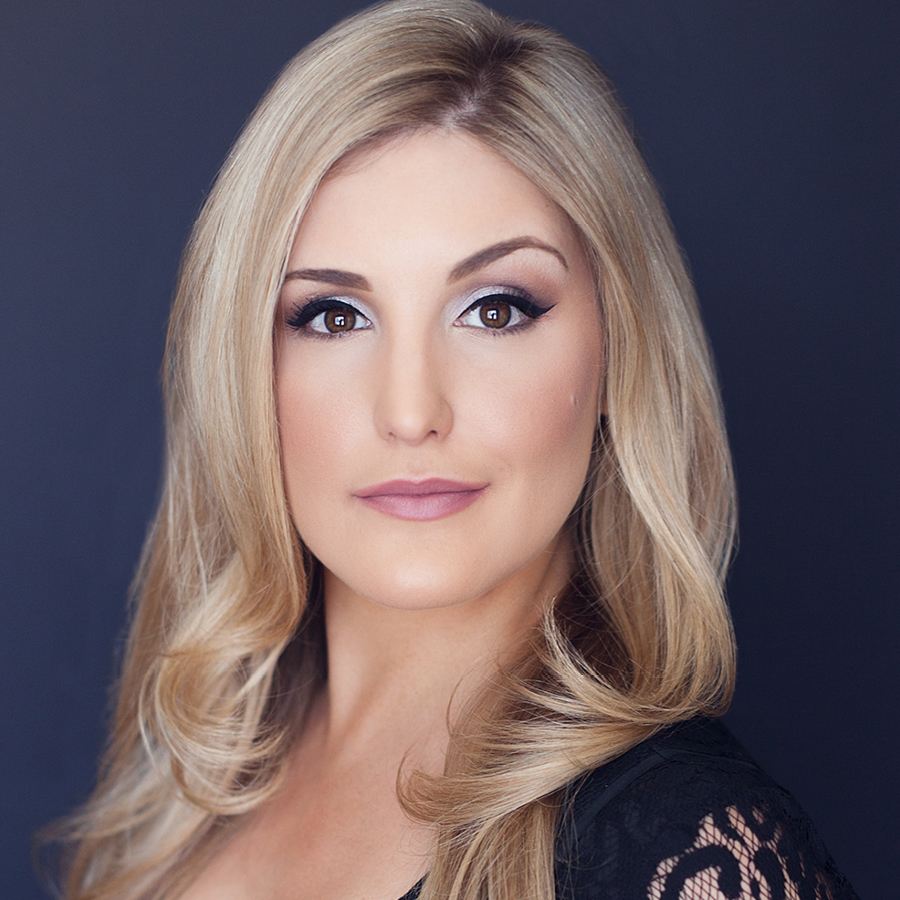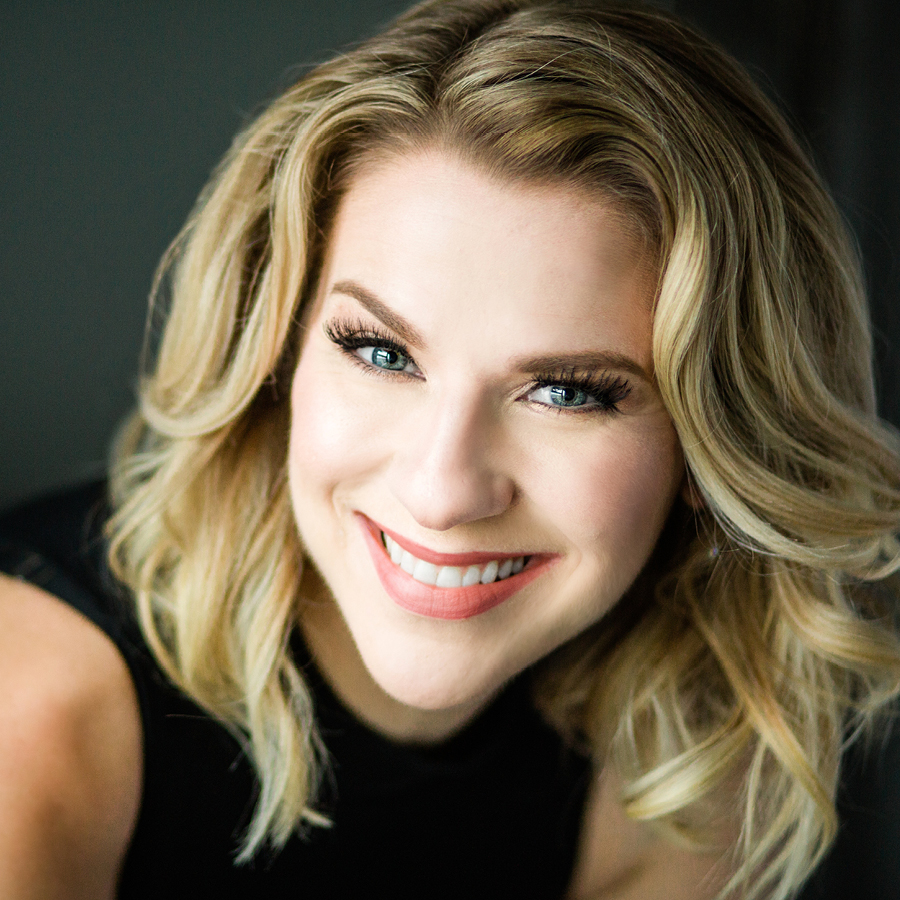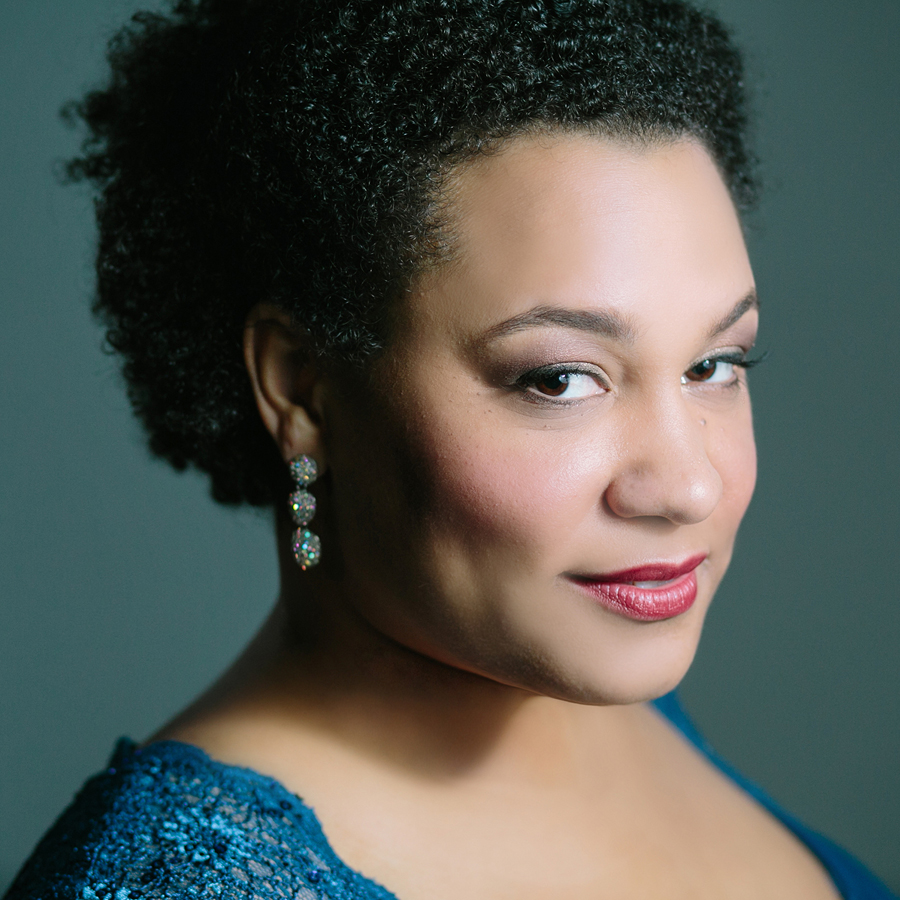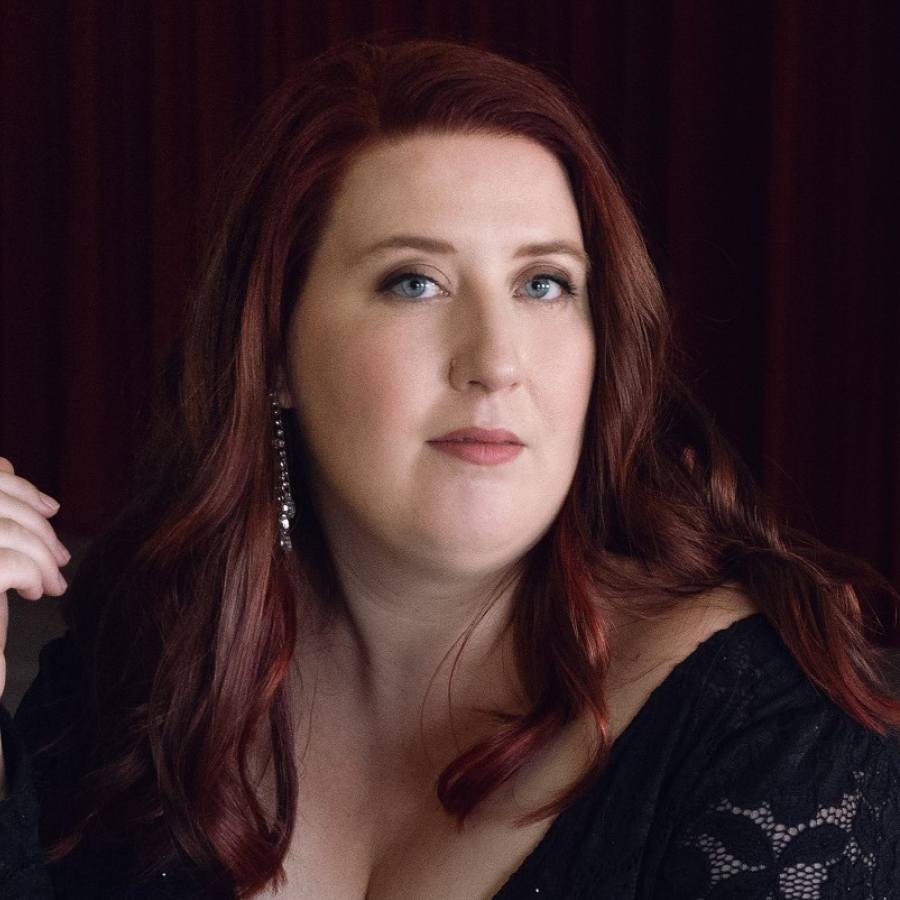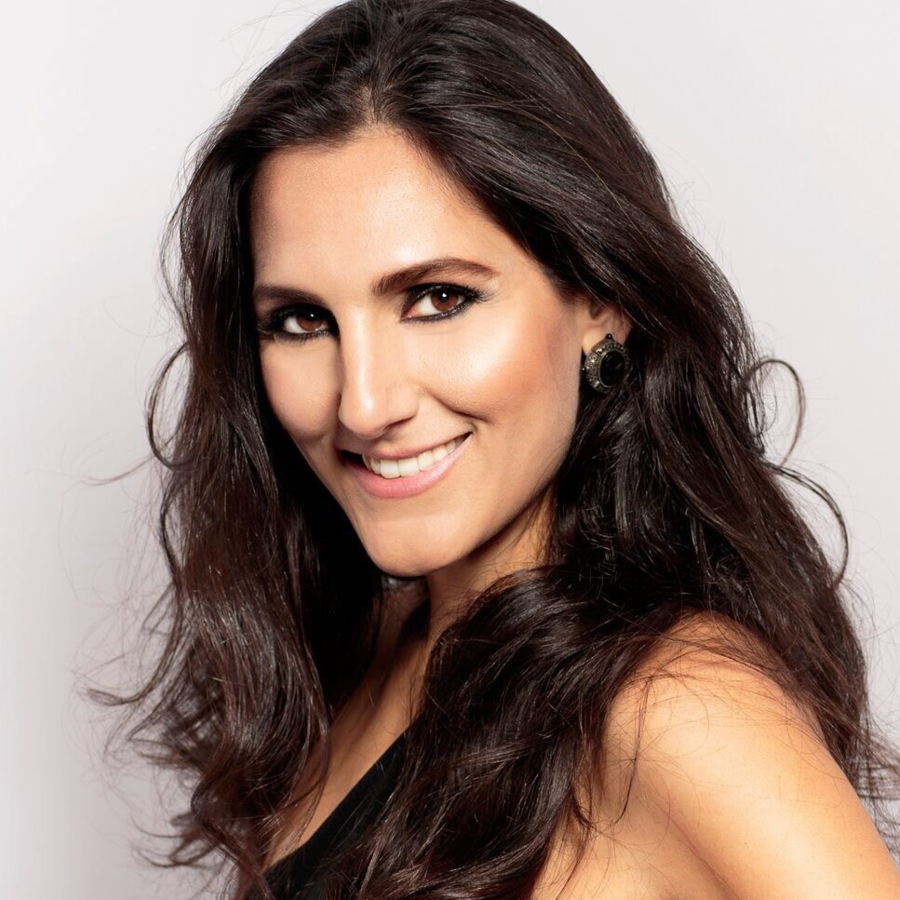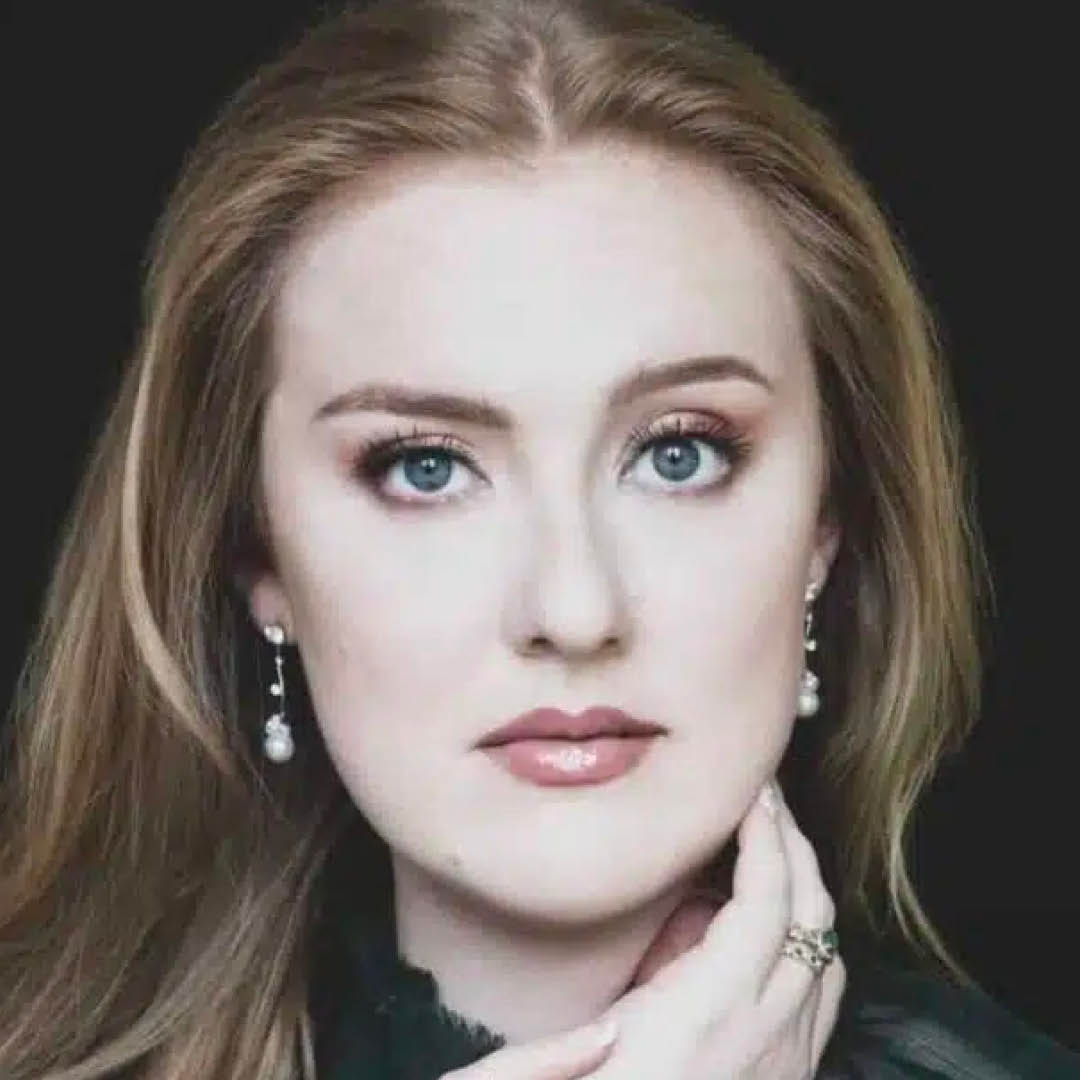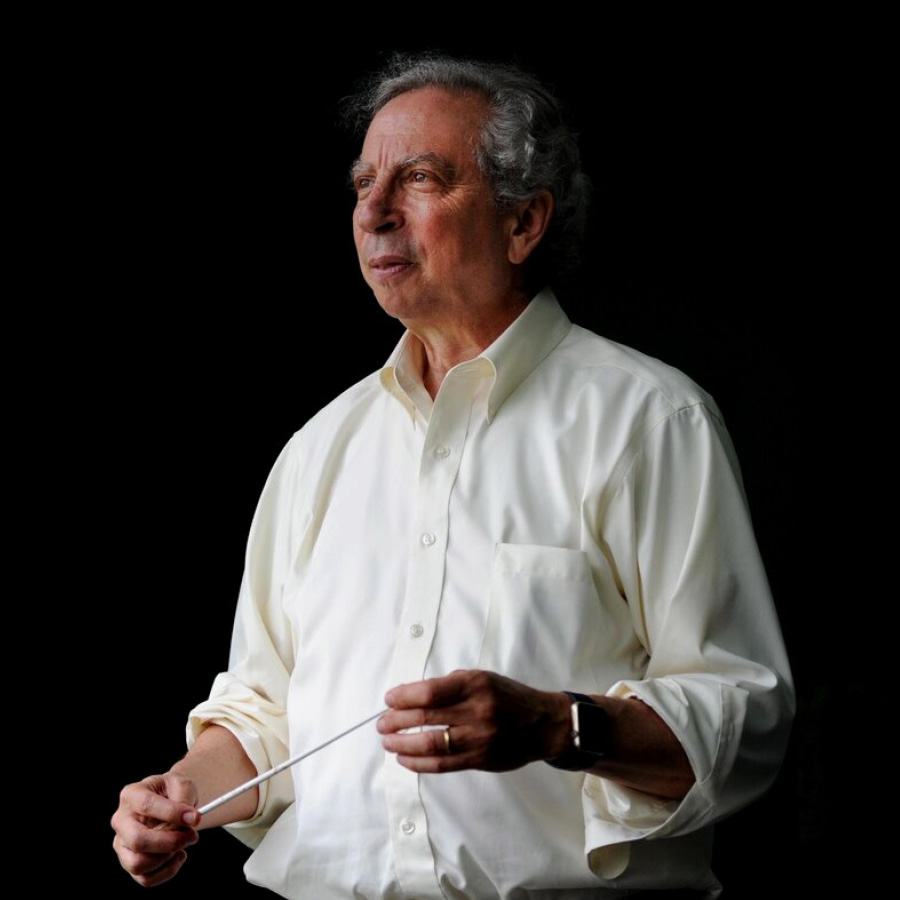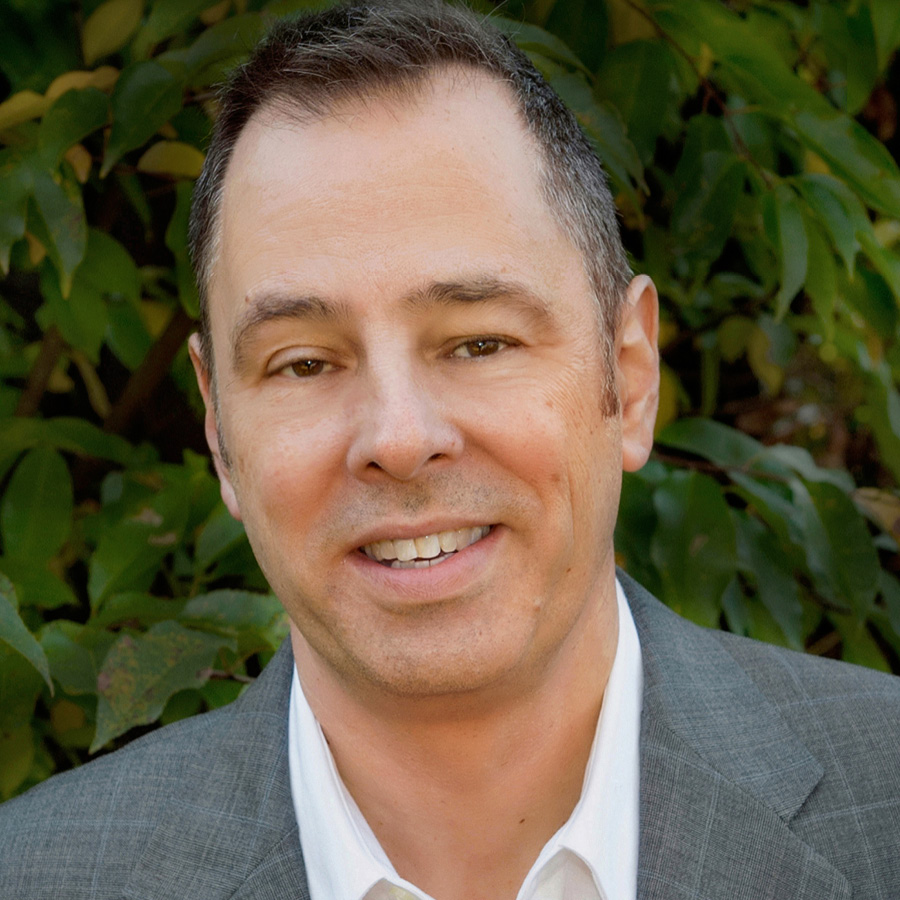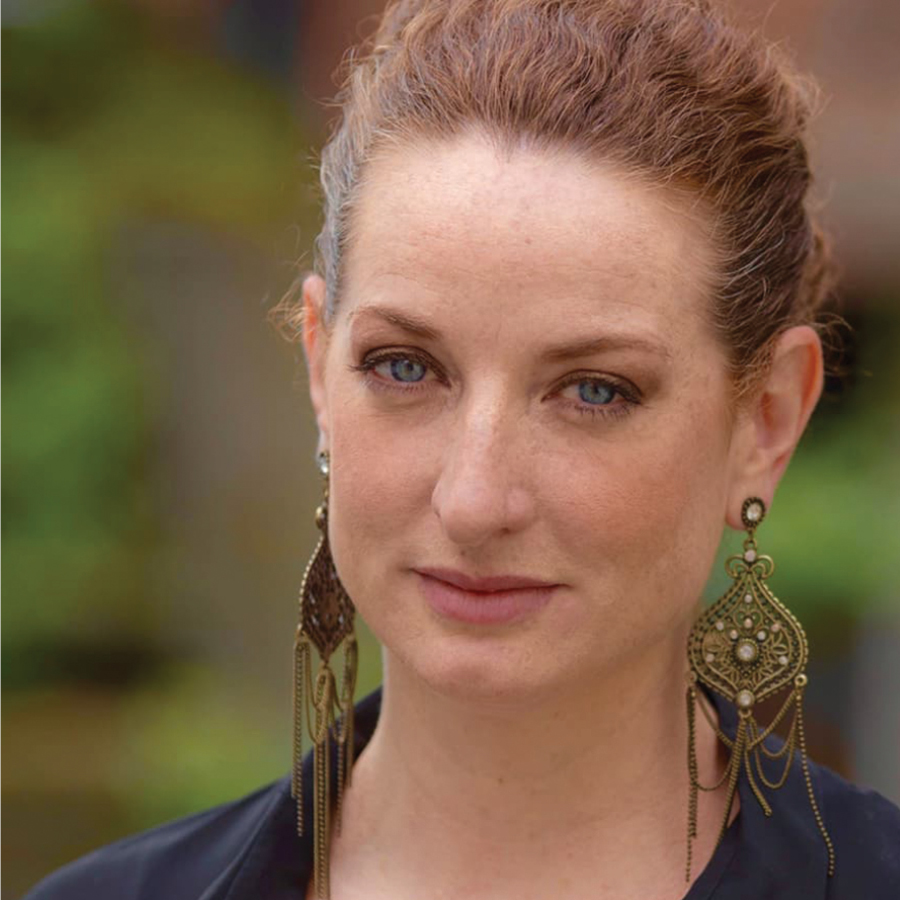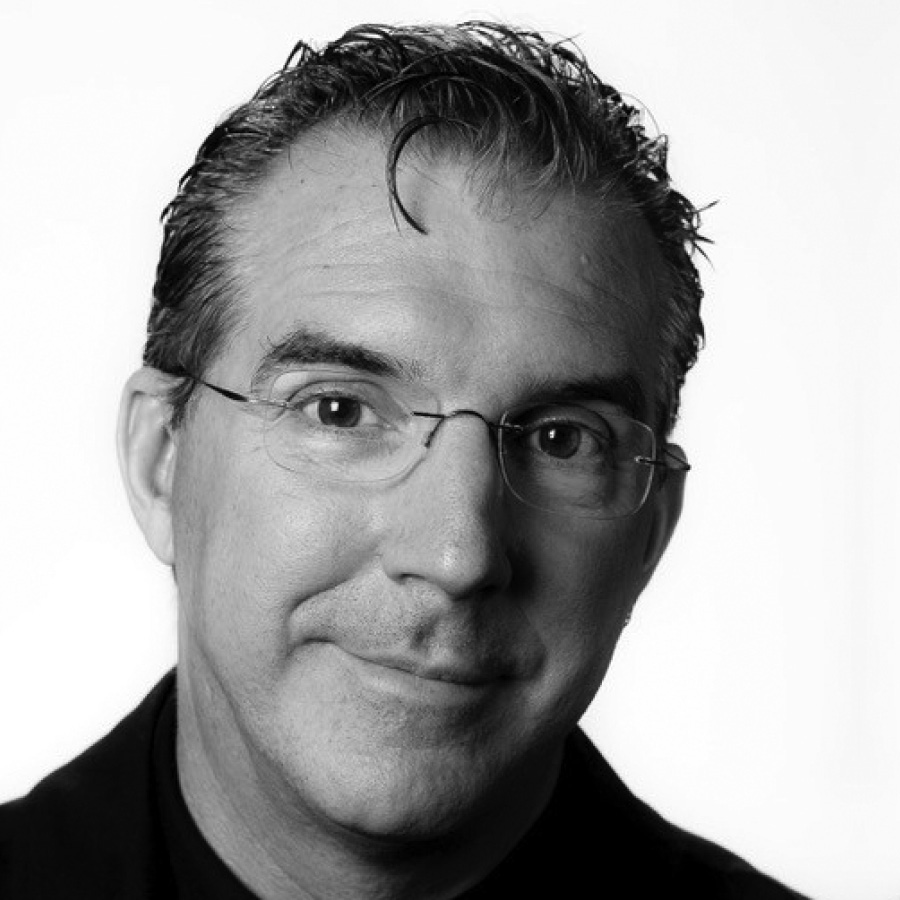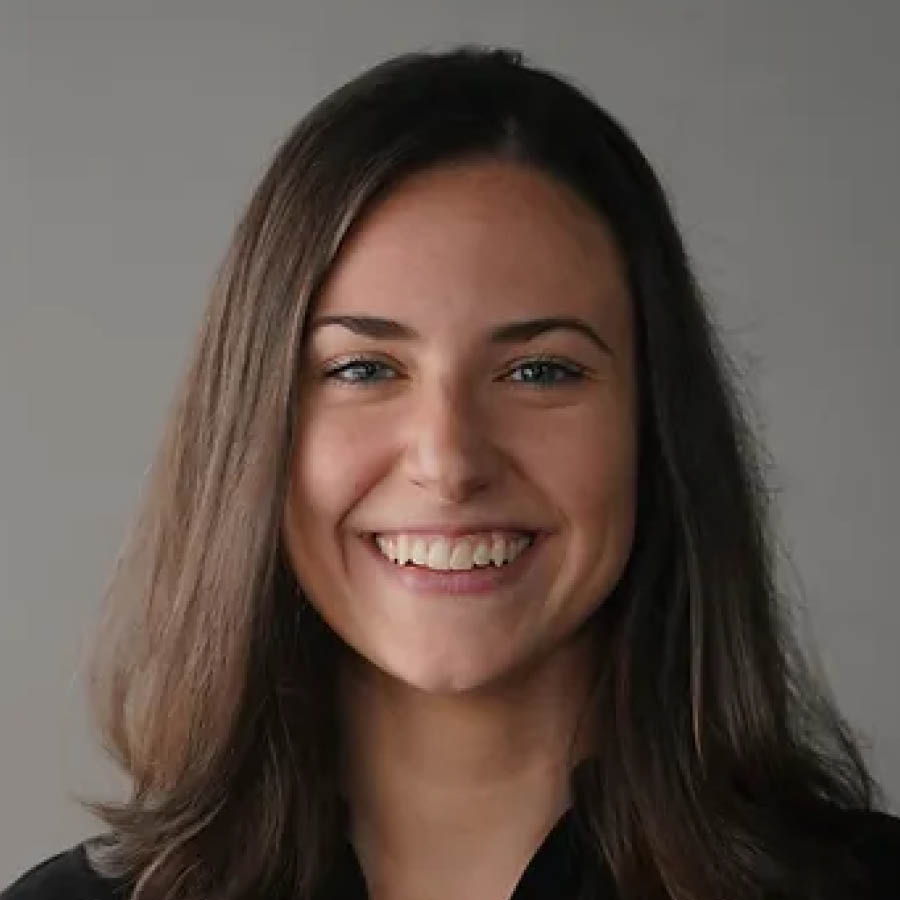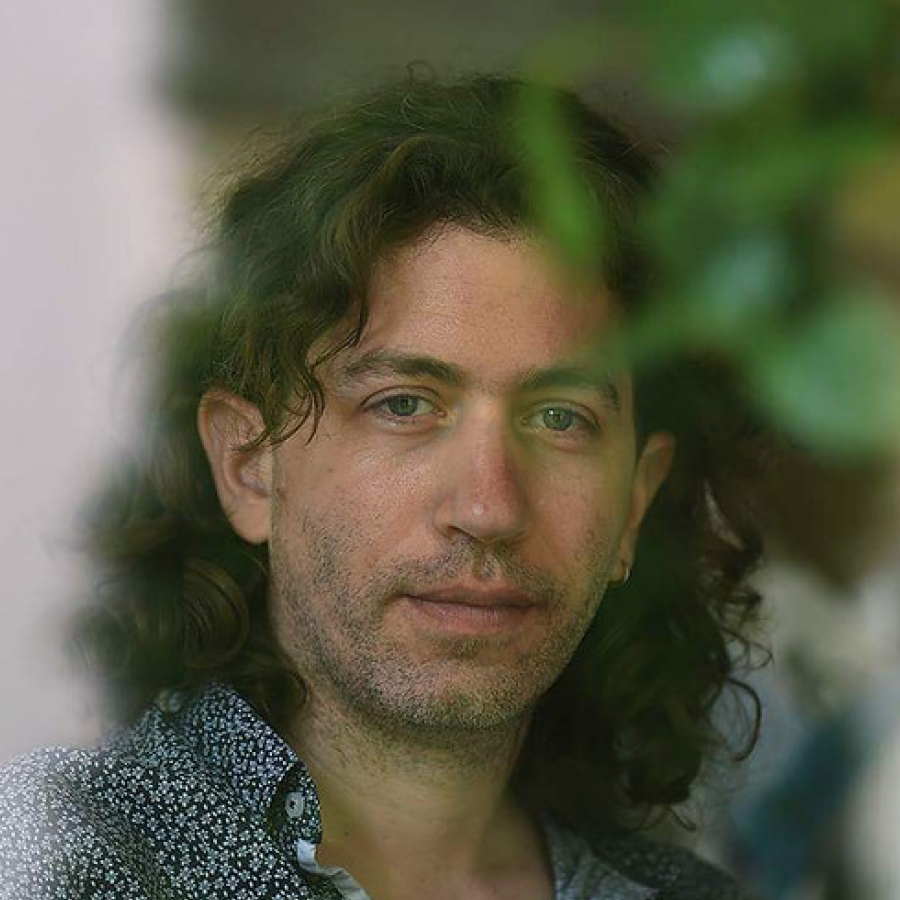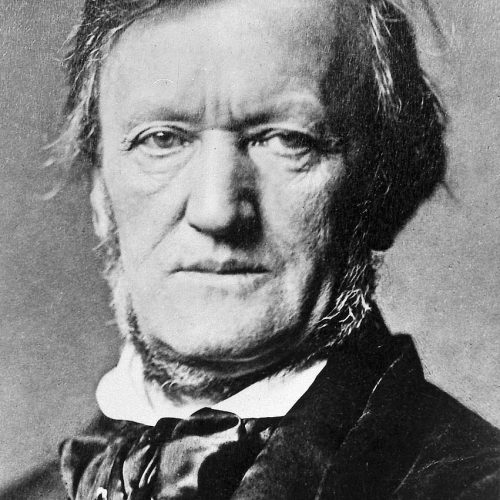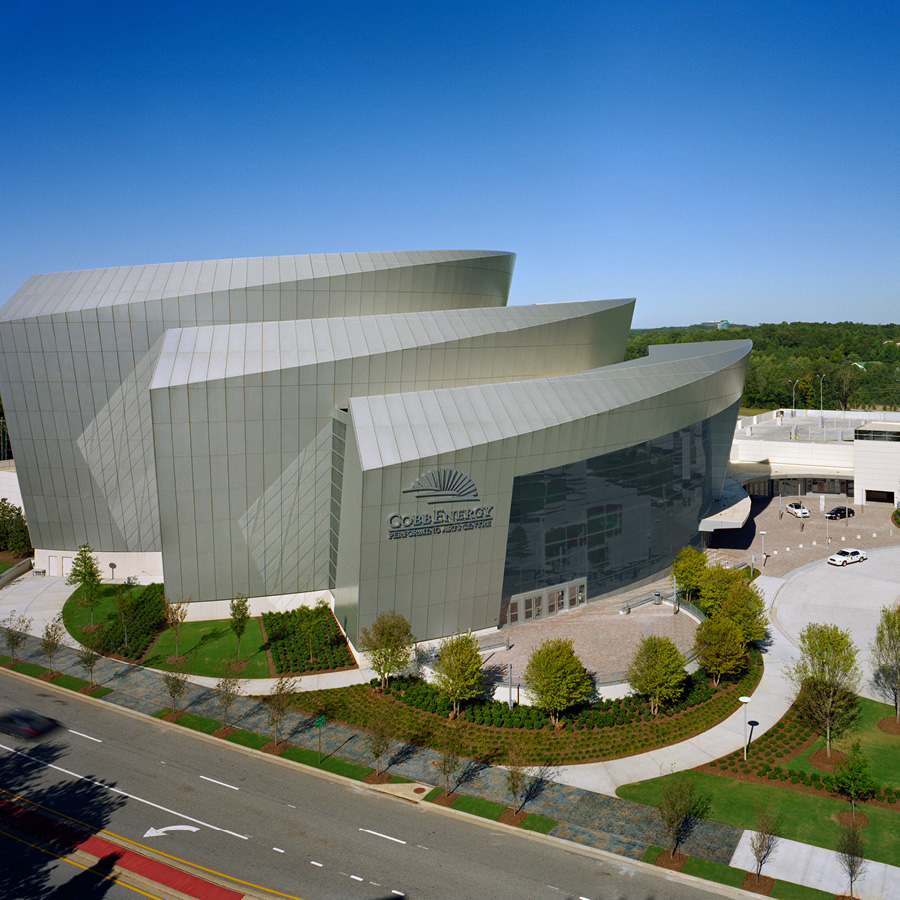Act I
Scene 1
As a large storm rages, Siegmund finds shelter from his enemies in a large dwelling built around a massive ash-tree. Unarmed and wounded, he collapses with exhaustion. Sieglinde enters; she tells Siegmund that she is the wife of Hunding, and that he may rest here until Hunding’s return. As they talk, they look at each other with growing interest and emotion. Siegmund gets ready to leave, telling Sieglinde that misfortune follows him, and he does not want to bring it on her; she replies that misfortune dwells with her already.
Scene 2
Hunding returns and questions Siegmund’s presence. Calling himself Wehwalt (“woeful”), Siegmund explains that he grew up in the forest with his parents and twin sister. One day he found their home burned down, his mother killed and his sister gone. Recently he fought with the relatives of a girl being forced into marriage. His weapons were destroyed, the bride was killed, and he was forced to flee. Hunding reveals that he is one of Siegmund’s pursuers; Siegmund may stay, he says, but they must fight in the morning. Before leaving, Sieglinde gives a meaningful glance to a particular spot on the tree in which, the firelight reveals, a sword is buried to the hilt.
Scene 3
Sieglinde returns, having drugged Hunding’s drink. She reveals that she was forced into the marriage and that during their wedding feast, an old man appeared and plunged a sword into the trunk of the ash tree which neither Hunding nor any of his companions have been able to remove. She is longing for the hero who will draw the sword and save her. When Siegmund expresses his love for her, she reciprocates, and when he speaks the name of his father, Wälse, she recognises him as Siegmund, and realises that the sword was left for him. Siegmund then draws the sword from the tree. She reveals herself as Sieglinde, his twin sister. Siegmund names the sword “Nothung” and declares that it will be her protection. The two sing of their passionate love for each other, as the act ends.
Act II
Scene 1
On a high mountain ridge, Wotan instructs Brünnhilde, his Valkyrie daughter, to protect Siegmund in his forthcoming battle with Hunding. Fricka arrives, and in her role as goddess of family values demands that Siegmund and Sieglinde be punished for their adultery and incest. She scorns Wotan’s argument that he requires Siegmund as a “free hero”, who can further his plans to recover the ring from Fafner, uninhibited by Wotan’s contracts. She retorts that Siegmund is not free but is Wotan’s pawn, whose every move the god seeks to direct. Defeated by Fricka’s argument, Wotan reluctantly agrees that he will not protect Siegmund.
Scene 2
After Fricka leaves, the troubled Wotan gives Brünnhilde the full story, and with great sorrow rescinds his earlier instruction; he orders her to give the victory to Hunding and then departs.
Scene 3
Siegmund and Sieglinde are running away from Hunding but are forced to stop. With a vision of Hunding’s dogs scratching Siegmund’s face Sieglinde faints, consumed with guilt and exhaustion.
Scene 4
Brünnhilde suddenly appears to Siegmund and tells him of his impending death; he refuses to follow Brünnhilde to Valhalla when she tells him Sieglinde cannot accompany him. Siegmund still believes that his father’s sword will assure him of victory over Hunding, but Brünnhilde tells him it has lost its power. Siegmund threatens to kill both Sieglinde and himself. Much moved, Brünnhilde decides to defy her father and grant victory to Siegmund.
Scene 5
Hunding’s horn is heard; he arrives and attacks Siegmund. Under Brünnhilde’s power, Siegmund begins to overpower Hunding, but Wotan appears and shatters Siegmund’s sword with his spear. Hunding then stabs him to death. Brünnhilde gathers up the fragments of the sword and flees on horseback with Sieglinde. Contemptuously, Wotan kills Hunding via a simple wave of hand, and swearing that Brünnhilde will be punished for her defiance, sets out in pursuit of her.
Act III
Scene 1
The Valkyries congregate on the mountain-top, each carrying a dead hero and chattering excitedly. Brünnhilde arrives with Sieglinde, and begs her sisters for help, but they dare not defy Wotan. Sieglinde tells Brünnhilde that without Siegmund she no longer wishes to live. Brünnhilde tells Sieglinde that she is pregnant by Siegmund, and urges her to remain alive for her child’s sake, and to name the child Siegfried. Brünnhilde gives the fragments of the sword Nothung to Sieglinde, who thanks her for her loyalty and comfort, and resolves to save the child. As she departs, Wotan is heard approaching with great wrath.
Scene 2
When Wotan arrives, the Valkyries vainly try to hide Brünnhilde. He faces her and declares her punishment: she is to be stripped of her Valkyrie status and become a mortal woman, to be held in defenceless sleep on the mountain, prey to any man who finds her. The other Valkyries protest, but when Wotan threatens them with the same, they flee.
Scene 3
In a long discourse with Wotan, Brünnhilde explains that she decided to protect Sieglinde knowing that this was Wotan’s true desire. Wotan consents to her request that he surround her resting place with a circle of fire that will protect her from all but the bravest of heroes. He bids her a loving farewell and lays her sleeping form down on a rock. He then invokes Loge, the demigod of fire, and creates a circle of perpetual fire around her. Before slowly departing, Wotan pronounces that anyone who fears his spear shall never pass through the fire.
Courtesy of Opera America
